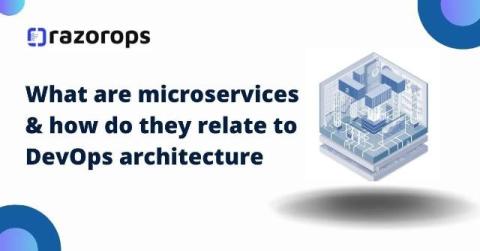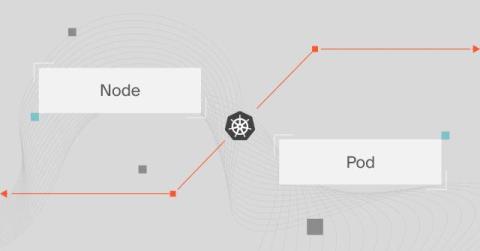What are microservices, and how do they relate to DevOps architecture
Microservices are an architectural style that structures an application as a collection of small, loosely coupled, and independently deployable services. Each service in a microservices architecture focuses on a specific business function and communicates with other services through well-defined APIs, typically over HTTP/REST or messaging queues.











